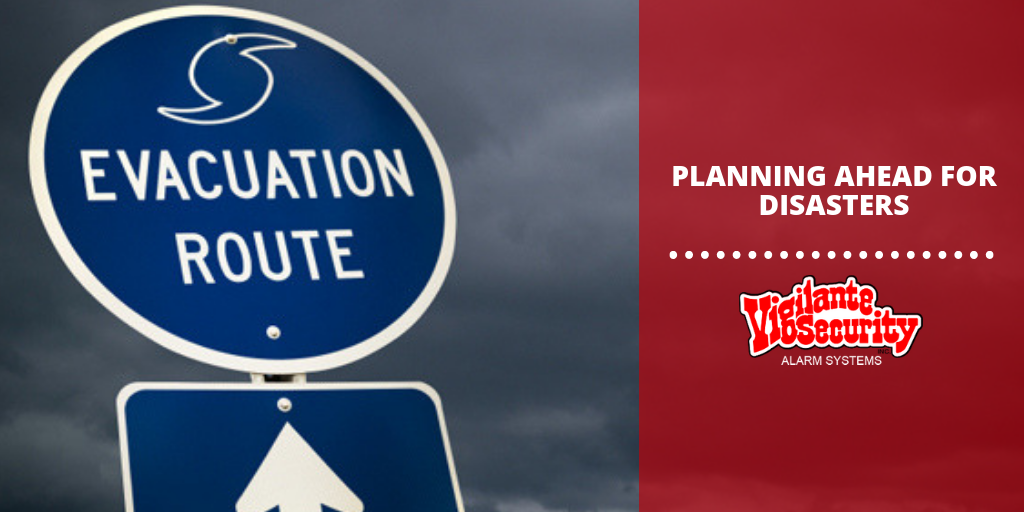Planning Ahead for Disasters

The devastating hurricanes in Florida and the Carolinas, recently, remind the nation of the importance of preparing for disasters. Often, we will be the first ones in our communities to take action after a disaster strikes and before first responders arrive, so it is important to prepare in advance to help yourself and your community. The Federal Emergency Management Agency (FEMA) offers many helpful publications about disaster preparedness that can assist you in designing an emergency response plan.
Make a plan today. Your family may not be together if a disaster strikes, so it is important to know which types of disasters could affect your area. Know how you’ll contact one another and reconnect if separated. Establish a family meeting place that’s familiar and easy to find.
Step 1: Put together a plan by discussing these 4 questions with your family, friends, or household to start your emergency plan.
1. How will I receive emergency alerts and warnings?
2. What is my shelter plan?
3. What is my evacuation route?
4. What is my family/household communication plan?
Step 2: Consider specific needs in your household.
As you prepare your plan, tailor your plans and supplies to your specific daily living needs and responsibilities. Discuss your needs and responsibilities and how people in the network can assist each other with communication, care of children, business, pets, or specific needs like the operation of durable medical equipment.
Create your own personal network for specific areas where you need assistance. Keep in mind some of these factors when developing your plan:
• Different ages of members within your household
• Responsibilities for assisting others
• Locations frequented
• Dietary needs
• Medical needs including prescriptions and equipment
• Disabilities or access and functional needs including devices and equipment
• Languages spoken
• Cultural and religious considerations
• Pets or service animals
• Households with school-aged children
Step 3: Fill out a Family Emergency Plan
Download and fill out a family emergency plan or use them as a guide to create your own.
Step 4: Practice your plan with your family/household


